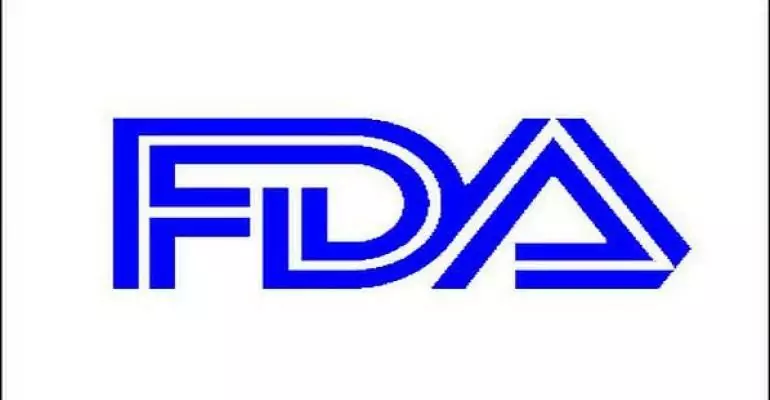
FDA investigators who inspect dietary supplement manufacturing facilities for compliance with cGMPs (current good manufacturing practices) are still often finding the same deficiencies more than a decade after the regulations were adopted.
In fiscal year 2018 (FY18), 75 inspections—or about 24 percent of firms that received a Form 483 inspection report for “observations,” or alleged cGMP violations—were cited for failing to establish product specifications for the identity, purity, strength and composition of the finished dietary supplement, FDA data revealed. This was the most common cGMP observation in FY18 year as well as in FY17 when 24 percent of firms (89 inspections) were cited for the same infraction, according to FDA data INSIDER obtained through the Freedom of Information Act (FOIA).
Over the years, FDA has repeatedly emphasized the importance of setting and following specifications for the identity and other key attributes of a dietary supplement. Without doing so, FDA and outside cGMP consultants have said, manufacturers have no reliable way to know and verify what is in their products.
Nearly half (274 inspections, or 46 percent) of the 591 inspections in FY18 didn’t receive a Form 483, which suggests those dietary supplement manufacturing facilities are fully compliant with the cGMPs.
Warning Letters
There may be another silver lining. Data analyzed by the Natural Products Association(NPA) suggested an increasing number of firms cited in Form 483s for failing to establish product specs make the necessary corrections without requiring an admonishment from FDA in a subsequent warning letter.
NPA, a trade association founded in 1936 and led by former FDA officials, reviewed FDA warning letters to analyze alleged infractions of the cGMPs.
In reviewing the data dating back to 2010, NPA identified a change in the most cited cGMP violation. Through the first nine months of 2018, FDA most commonly cited dietary supplement firms in warning letters for failing to establish and follow written procedures for the responsibilities of quality control operations. In FY18 Form 483s, the latter cGMP infraction was the second most cited cGMP observation (52 inspections, representing around 16 percent of all Form 483s).
In the previous three years, the most common cGMP violation reported in FDA warning letters was related to specifications to establish when devising a production and process control system, NPA reported this week in a chart within a news release. The above infraction dropped to the third most-cited cGMP violation in 2018 warning letters, while the second most commonly cited infraction related to recordkeeping requirements for production and process control systems.
Read The Full Article HERE



